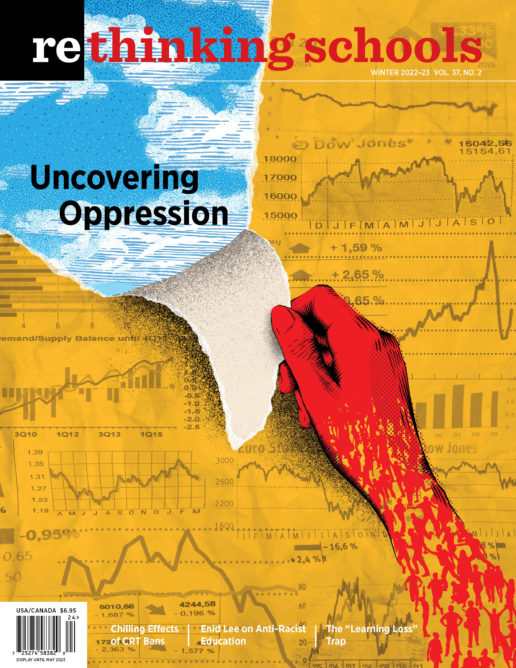Our picks for books, videos, websites, and other social justice resources 37.2






Picture Books
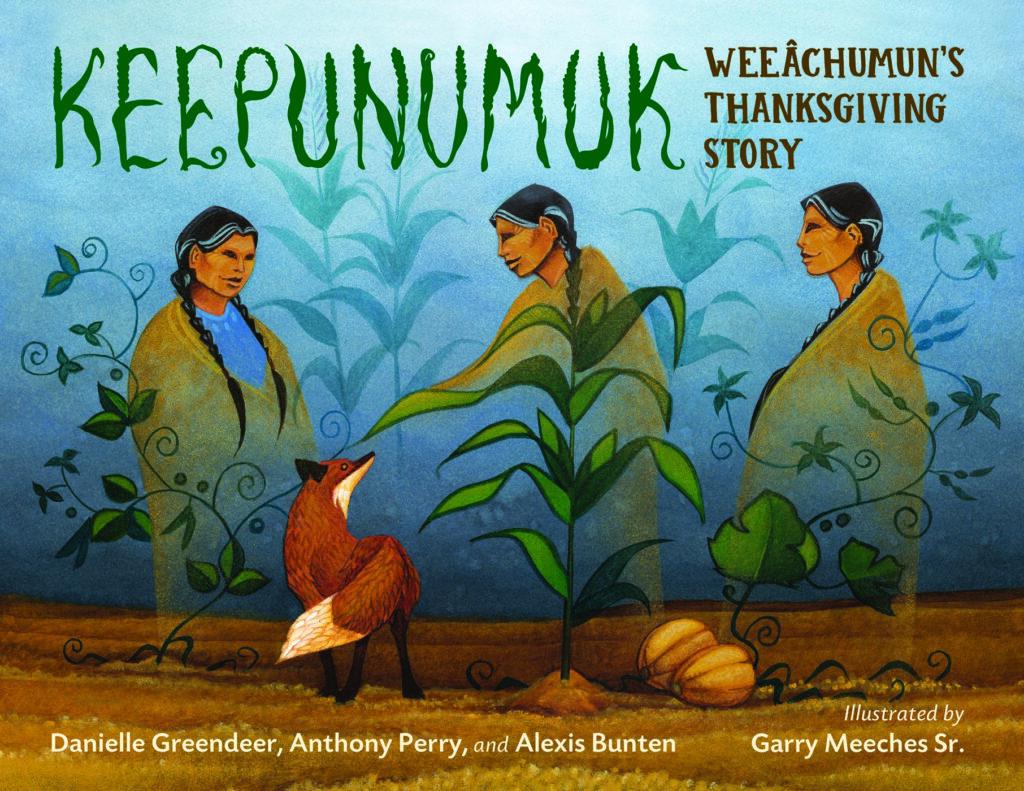
Keepunumuk: Weeâchumun’s Thanksgiving Story
Written by Danielle Greendeer, Anthony Perry, and Alexis Bunten
Illustrated by Garry Meeches Sr.
(Charlesbridge, 2022)
32 pp.
In this powerful picture book, N8hkumuhs (NOO-kuh-mus), Grandmother, shares the story “about the time Weeâchumun [corn] asked our Wampanoag ancestors to help the Pilgrims.” Beginning with Seagull announcing the newcomers’ arrival, this story centers plants and animals as N8hkumuhs tells how Weeâchumun, Beans and Squash, and animals Duck, Fox, Rabbit, and Turkey honor their responsibility to help all living things. Through messages sent in dreams, Weeâchumun tells the First Peoples to bring her and her sisters, Beans and Squash, to the newcomers. A wonderful read-aloud for elementary classrooms, this book is an invitation to discuss colonization, perspective, Thanksgiving also as a day of mourning, and the responsibility to help all living things.
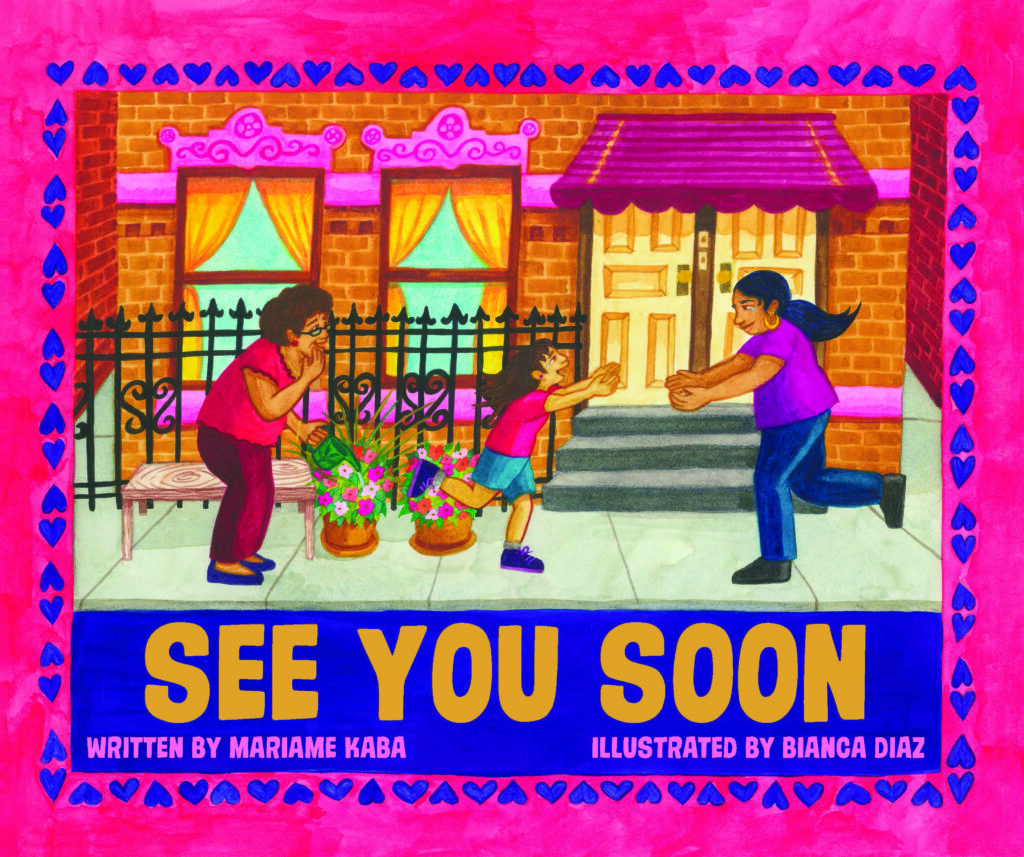
Written by Mariame Kaba
Illustrated by Bianca Diaz
(Haymarket Books, 2022)
32 pp.
Pain, love, and hope fill the pages of Mariame Kaba’s most recent picture book about a child with an incarcerated loved one. Like young readers who might be system-impacted themselves, or perhaps children considering a humanized perspective of incarceration for the first time, Reyna thinks, “I have so many questions. I’d ask, but I’m afraid.” In the pages that follow, Reyna asks those questions as she says goodbye to Mama at the prison, culminating with “When will I see you again, Mama?” Mama’s answer, “Soon, Queenie. Soon,” opens up Reyna’s tears and yelling and anger. But it becomes a comforting refrain of hope when Reyna returns to life at home. Early elementary teachers could use Reyna’s experiences to help students develop empathy for people whose loved ones are incarcerated — and as an anchor story to raise questions about incarceration.


Los coquíes aún cantan: Un cuento sobre hogar, esperanza y reconstrucción
The Coquíes Still Sing: A Story of Home, Hope, and Rebuilding
Written by Karina Nicole González
Illustrated by Krystal Quiles
(Roaring Brook Press, 2022)
40 pp.
This is a beautifully written and illustrated story of resilience and community, seen through the eyes of a young girl in Puerto Rico in the aftermath of devastating Hurricane María. The silence and return of the song of the native coquí threaded throughout shows a sacred connection to nature and place. As climate chaos makes hurricanes more destructive and far-reaching, this book will serve educators to deepen children’s understanding and empathy toward those who live through such horrific weather events. Special care should be taken by teachers if their students or students’ families have been harmed by hurricanes.
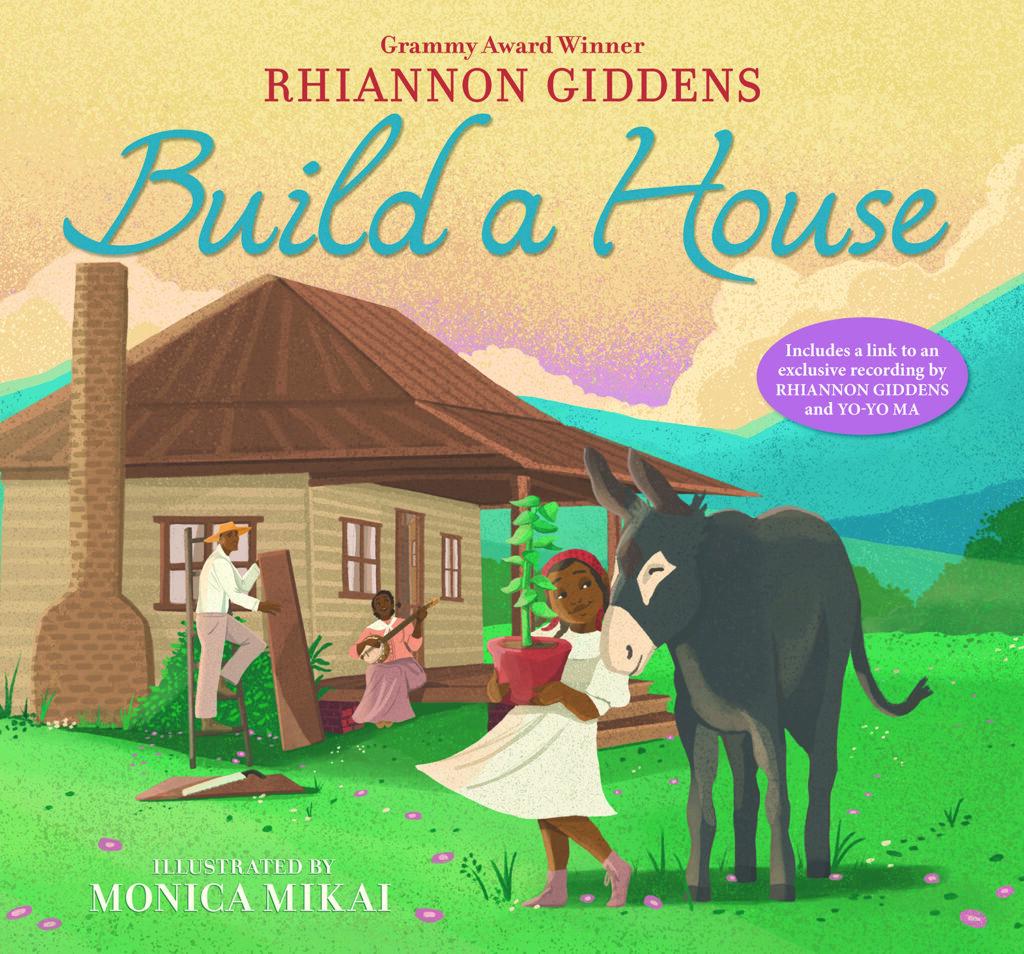
By Rhiannon Giddens
Illustrated by Monica Mikai
(Candlewick Press, 2022)
40 pp.
Build a House is based on the moving song that Rhiannon Giddens wrote and performed with cellist Yo-Yo Ma on the 155th anniversary of Juneteenth in 2020. Giddens’ lovely, poignant new book illustrates the song, telling the story of enslavement and freedom: “You brought me here/ To build your house/ To build your house/ To build your house./ You brought me here/ To build your house/ And grow your garden/ Fine.” As Giddens writes in an afterword, people enslaving other people is “one of the worst things about being human,” but, she notes, “this story also shows one of the best things about being human: how we keep finding ways to make our family and our home, no matter where we are.” Giddens is a renowned singer, songwriter, banjo player — see her extraordinary, student-friendly Songs of Our Native Daughters — and offers teachers another gift with this beautiful book.
YA Novel
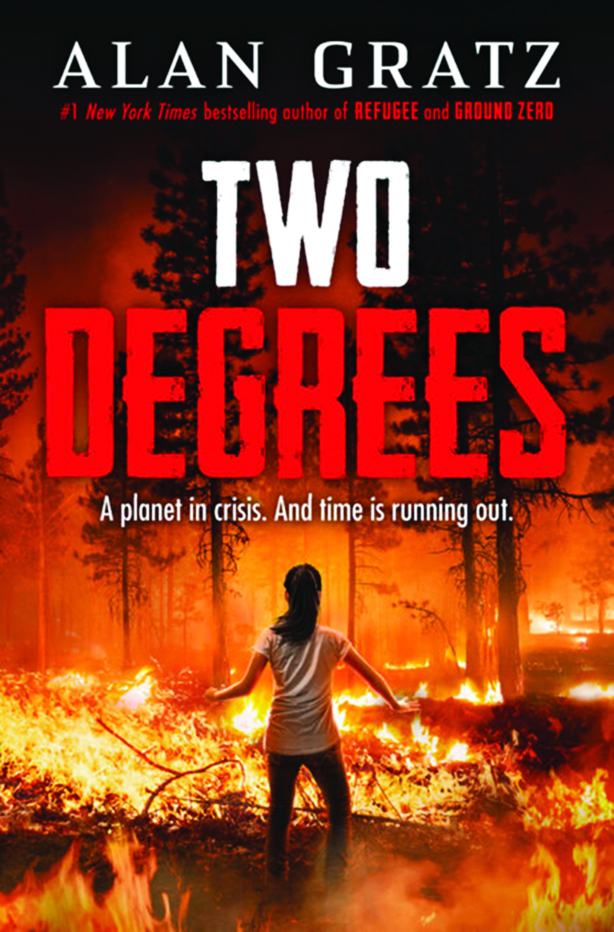
By Alan Gratz
(Scholastic Press, 2022)
384 pp.
The main characters in this novel are middle school students, threatened and harmed by very different climate events, including the warming tundra, hurricanes, and forest fires. The book’s narrative rotates among the characters, weaving in facts about climate change as the youngsters’ lives become more precarious. The fast-paced plot will hold most students’ attention through the 384-page book. Two Degrees would make an excellent literature circle book for 5th- through 8th-grade students. Gratz chose the title to highlight the Paris Agreement that committed nations to work toward capping global warming to no more than two degrees Celsius above preindustrial levels — although countries from the Global South have demanded a 1.5 degree target.
History/Policy
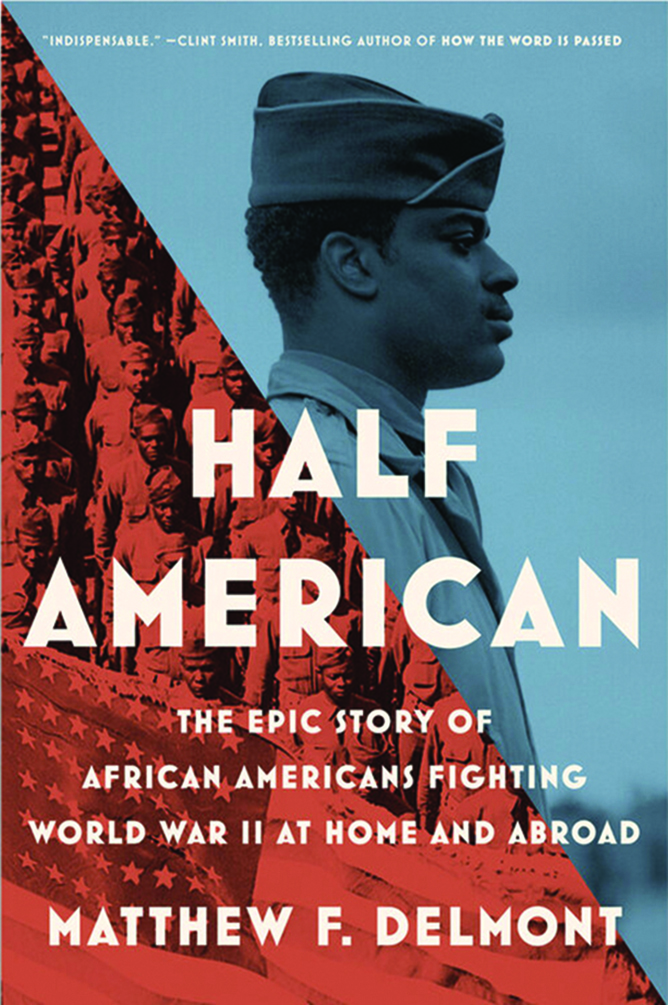
Half American: The Epic Story of African Americans Fighting World War II at Home and Abroad
By Matthew F. Delmont
(Viking, 2022)
400 pp.
World War II looms large in U.S. popular culture. There are more World War II feature films and documentaries than one can count; the image of U.S. Marines hoisting the flag at Iwo Jima or of a sailor kissing a parade-goer at the V-J Day celebration in Times Square are iconic. People of the era are valorized as “the greatest generation.” World War II is glorified because it is understood as the “good” war: The United States fought for a just cause and defeated fascism. But Matthew Delmont’s new book asks readers to rethink what they know about the war by centering Black protagonists. He writes, “Nearly everything about the war — the start and end dates, geography, vital military roles, the home front, and international implications — looks different when viewed from the African American perspective.” One example: The dominant World War II narrative celebrates the unity of the nation — at home and abroad — in the face of fascism. But during the war, hundreds of industrial work stoppages led by white workers protested the hiring of Black workers; during only one three-month period, government officials estimated that these “hate strikes” cost war production plants more than 2.5 million worker hours. The Baltimore Afro-American called the strikers “Hitler’s Helpers.” Delmont’s book, bursting with accounts of the war from the Black press, Black workers and veterans, and civil rights activists, will help teachers and students tell a fuller, truer, and more historically useful story of World War II.
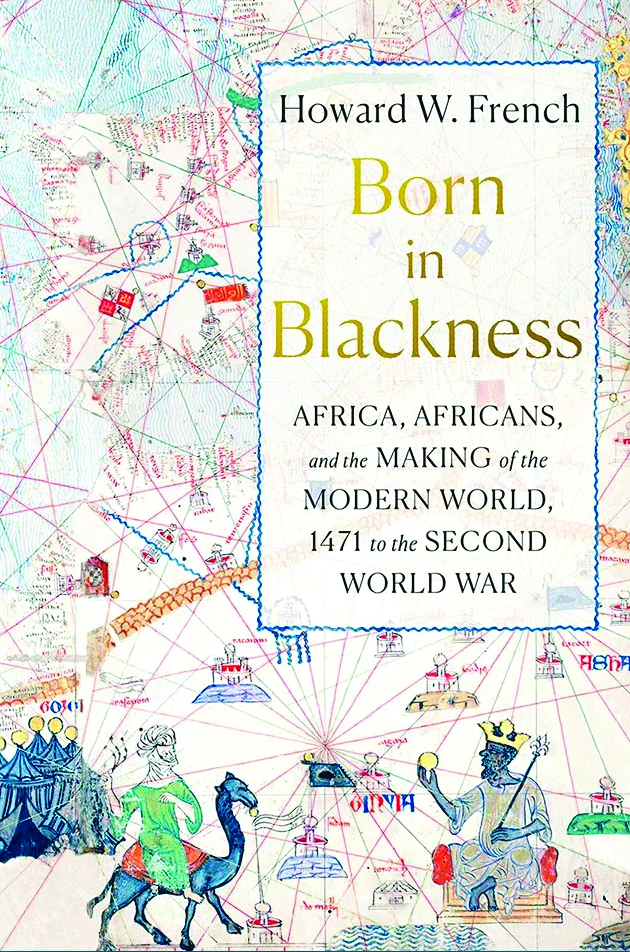
By Howard W. French
(Liveright, 2021)
544 pp.
The story of the modern world that shows up in most U.S. and world history textbooks, in chapters like “Three Worlds Meet” or “The Age of Exploration,” starts in the wrong place. According to Howard French, “The first impetus for the Age of Discovery was not Europe’s yearning for ties with Asia, as so many of us were taught in grade school, but rather its centuries-old desire to forge trading ties with legendarily rich Black societies hidden away in the heart of ‘darkest’ West Africa.” In this retelling, it is Portugal not Spain that drives the action, and the events of 1492 would not have been possible without those of 1471 — when the Portuguese discovered gold in West Africa and began work on a fort at Elmina. European rulers became obsessed with the idea of gold in Africa in the decades following the Malian emperor Mansa Musa’s pilgrimage to Mecca. On that trip, he stunned audiences with “a 60,000-person delegation, including 12,000 slaves, each of whom reputedly carried a wandlike fan of gold weighing four pounds.” Mansa Musa’s ostentatious display of gold gave birth to an idea of Africa that drove the next 200 years of European exploration. French writes, “It would be unusual for a story that begins in the wrong place to arrive at the right conclusions.” By starting the story in Africa, French hopes to combat a “centuries-long process of diminishment, trivialization, and erasure of Africans and people of African descent from the story of the modern world.”
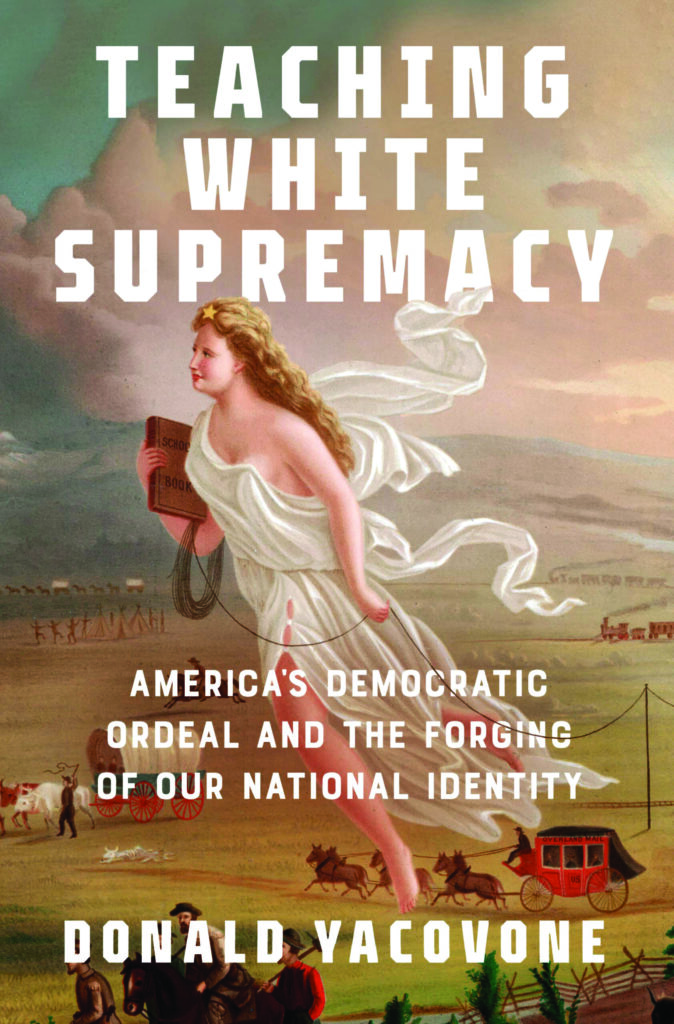
Teaching White Supremacy: America’s Democratic Ordeal and the Forging of Our National Identity
By Donald Yacovone
(Pantheon, 2022)
464 pp.
Teaching White Supremacy reveals the battle over historical memory in public schools and how white elites have devoted extraordinary resources to perpetuating racist ideas in each generation through the K–12 curriculum. As Donald Yacovone notes, in 1932 the NAACP called public schools a “breeding ground for bigotry and prejudice” and warned that “textbooks are often germ carriers of the most vicious [anti-Black] propaganda.” Yacovone documents the timeworn playbook guiding contemporary legislators in their campaign to censor teaching truthfully about racism and other forms of oppression in U.S. history. Just as important, Yacovone’s book can be read for the scholarship and organizing by African Americans throughout the 19th and 20th centuries to teach against white supremacy and with a vision for a more just society. Those stories of resistance permeate the book and offer strategies and inspiration for those defending the right to teach outside the textbook today.
Film
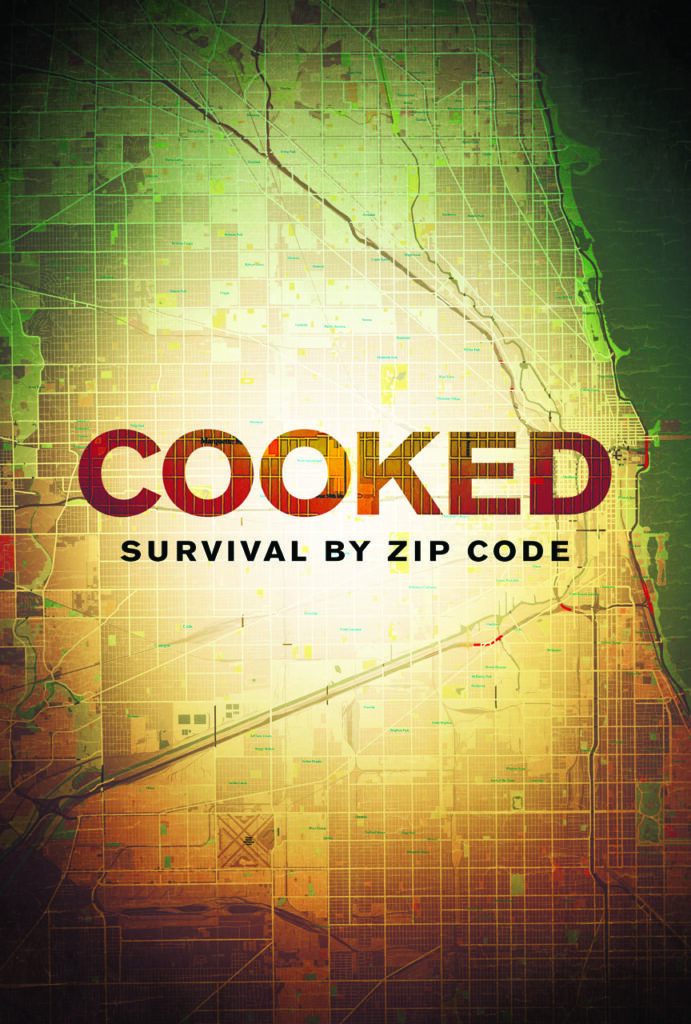
Directed by Judith Helfand
(Distributed by Bullfrog Films, 2020)
82 min./Classroom version: 54 min.
Cooked focuses on the deadliest heat wave in U.S. history, in 1995, when 739 people in Chicago — mostly Black and elderly — died in one week. That’s the headline. But Helfand does much more than tell this story — although she does tell it, and tells it powerfully. Helfand focuses on Chicago’s heat wave to look at how a weeklong tragedy is really a story about the “slow-motion disaster” caused by race and class inequality. Helfand shows us a map of Chicago, with “almost perfect overlaps” between race, poverty, and heat wave deaths. “So the question is,” a Chicago official asks, “did people die of the heat, or did they die of the social conditions in these neighborhoods, and the answer is both.” Helfand examines — and mocks — the futility of task force reports, emergency plans, disaster preparedness, rehearsals for tornadoes and other calamities, when these ignore the racism and poverty that cause people to suffer so unequally. Helfand’s question, Why did people die in these particular Chicago neighborhoods?, suggests the outlines of a potential trial role play: Who or what is to blame? Possible “defendants” could include the fossil fuel industry causing inexorable global warming; Chicago officials, especially Mayor Richard Daley, who tried to blame the victims’ families themselves for not doing enough, and who fail to address the roots of poverty; the Federal Housing Administration, whose policies explicitly discriminated against Black communities; banks and corporations, which disinvested from Black communities and left people excessively vulnerable to “natural disasters”; and the entire system of racial capitalism, from enslavement forward, which created maps with “perfect overlaps” of race and death. Cooked is a film that gives names and faces to the concept of environmental racism. It can help students recognize that the climate crisis is also a racial justice crisis.

